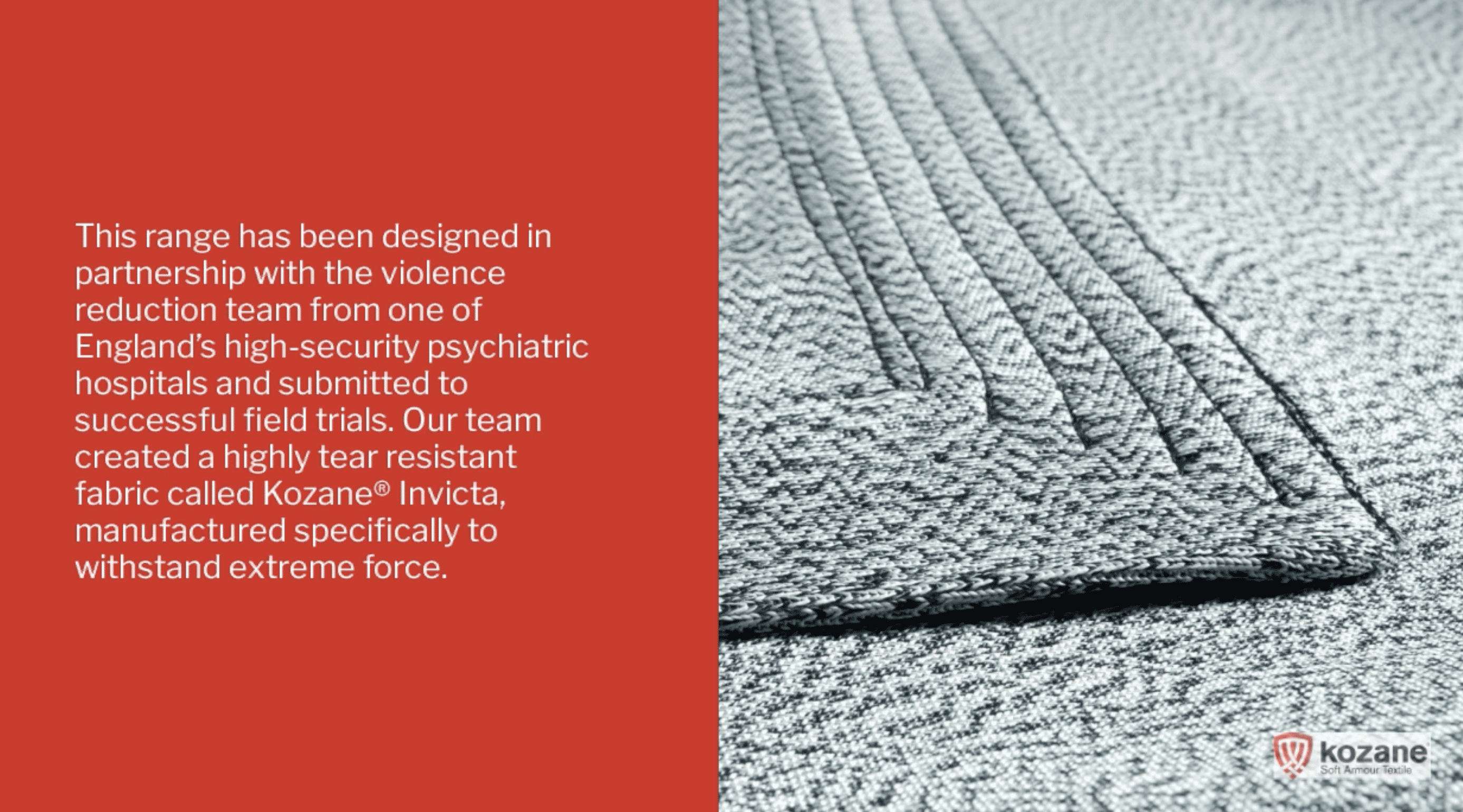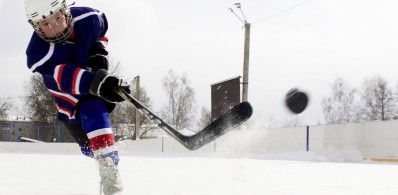Ensuring Safety and Dignity: The Role of Anti-Ligature Seclusion Garments in Mental Health
In behavioural health, patient safety and dignity are paramount. Facilities dedicated to mental health and behavioural therapy often face unique challenges in creating environments that are both secure and respectful of patient autonomy. One critical aspect of this balance is the use of specialised garments designed to prevent self-harm while ensuring patient comfort and dignity. Our anti-ligature seclusion garments are at the forefront of this effort, providing a vital solution in the care and management of vulnerable individuals.
Understanding the Need for Anti-Ligature Garments
Patients in mental health facilities may experience moments of crisis where they are at risk of self-harm. Traditional clothing can present opportunities for patients to harm themselves, particularly through ligature points like drawstrings, zippers, or even seams. Anti-ligature garments are designed to eliminate these risks by removing or modifying these potential hazards.
We have taken it further and engineered a unique tear-resistant fabric – Kozane® Invicta. The fabric’s unique composition prevents it from being torn by hand, which makes it ideal for vulnerable patients or prisoners where traditional clothing and bedding may increase the risk of self-harm.
Kozane® Strongwear is our range of anti-ligature, tear-resistant garments and bedding made exclusively from our Kozane® Invicta fabric for seclusion situations. Fully tear-resistant – seams included (the stitching has reinforced seams with high-strength thread, increasing tensile and tear resistance), provides comfort and, most importantly, minimizes the risk of self-harm. Created in partnership with the violence reduction team from a major NHS mental health hospital, it was trialled and tested in their seclusion unit.
Kozane® Strongwear – Key Features
Seamless Construction: By minimising seams and utilising special sewing techniques, these garments reduce the risk of patients using the fabric or stitching to create ligatures.
Non-Intrusive Fastenings: Instead of zippers or buttons, we use Velcro, making it difficult to manipulate into a harmful form.
Durable, Soft Fabrics: The material – Kozane® Invicta – is uniquely strong and can withstand tearing while soft and comfortable against the skin, ensuring that patients feel safe and dignified.
Adaptive Sizing: Garments comfortably fit a range of body types, addressing the varied needs of the patient population.

Enhancing Patient Dignity
One of the primary concerns in designing seclusion garments is maintaining the patient’s dignity. The garments should be safe and resemble regular clothing to avoid any stigma or additional distress.
How Our Garments Achieve This
Aesthetic Design: Our garments look like standard clothing items, such as sweatshirts and pants, which helps patients feel more ‘normal’ and less institutionalised.
Comfort Focus: The materials offer comfort and durability, ensuring patients can wear them for extended periods without discomfort.
Ease of Use: Garment design for easy changing, accommodating patients with limited mobility or dexterity without compromising safety.
Supporting Staff and Caregivers
Anti-ligature garments are also beneficial for the staff and caregivers in mental health facilities. These garments can significantly reduce the need for constant supervision, allowing staff to focus on therapeutic interactions rather than monitoring for potential self-harm attempts.
Training and Implementation
Introducing anti-ligature garments into a facility involves training staff on their proper use and ensuring that patients understand the purpose of the garments. Clear communication helps to foster an environment of trust and cooperation, which is essential for effective treatment and care.
Conclusion
Our anti-ligature seclusion garments are designed with the dual goals of safety and dignity. By providing a practical solution to the risk of self-harm, these garments support both patients and caregivers in creating a therapeutic environment conducive to healing and recovery. In behavioural health settings, where the balance between security and respect for patient autonomy is crucial, our garments offer a critical tool in ensuring that every patient receives the compassionate care they deserve.







